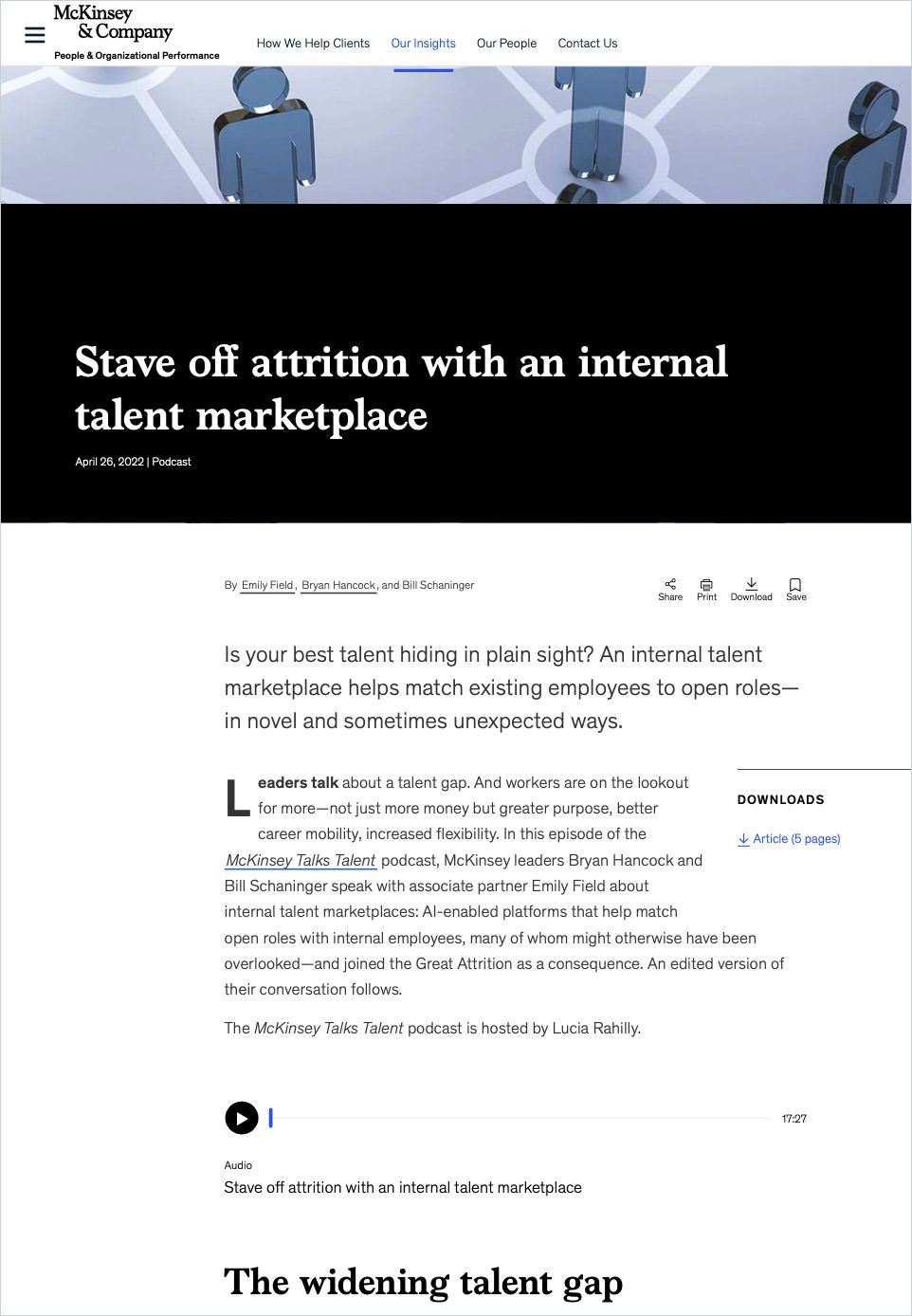Agile Through Employee Development

Countless articles, books, podcasts, videos, blogs and tired faces: the topic of agility has been omnipresent in the business world for quite some time now. And rightly so: although around half of all companies fail on their way to primarily agile collaboration, the term elegantly encompasses many aspects that companies need to prepare for a more dynamic world of work.
Some people quickly forget that agility does not stand for itself.
Being agile means being adaptable and, in crises, resilient, and in problem-solving: flexible. Agility requires a way of acting that manifests itself in various ways. To make the greatest possible progress, however, there is one central lever: the employees. Everything stands and falls with them. If you have employees who immediately give up in frustration when faced with new circumstances or new challenges, even the best tools and approaches won’t help. But how do you make employees agile?
Cross-Functional Training
Quite simply, you can do so by developing them further. It does not have to be just in their area. The magic word is cross-functional training. Most companies have no idea of the competencies distributed among their employees. They assume that people from the sales department are probably quite good salespeople and that people from the IT department can quickly get the company’s internal systems up and running (again). But that the salesperson likes to work with various photo and design programs in his spare time and the lady from the IT department has long wished to go to conferences and talk to potential customers is something that very few people know. Or: don’t want to know.
And that’s where the problem lies. For agility – like all company-wide measures and changes in general – to be successful, it needs informed support from the top. As honest as the initial enthusiasm at the management level may be when talking about agile collaboration:
If you only treat the topic of agility superficially, you will not change anything.
This can be seen very well in the example of employee development: Employee development is essential, helps everyone involved, and should, therefore, also have a place in the company’s daily routine. Up to this point, most managers probably go along with this. Why wouldn’t they want to train their people?
For example, because it means sacrificing working time. Packing further development into individual workshops or reserving the famous “free time alongside day-to-day business” for it is only successful in the short term, if at all. You can hardly get around a fixed workload component – ideally, you don’t think about decimal numbers in the process. Always keep in mind: A realistically large time budget not only makes positive development more likely, because more can be taken away, learned and reflected on in more time, but it also sends the right signals:
Only when employees realize managers are backing further development will most of them go along with it.
If, on the other hand, they sense that this is just “the next pro forma exercise” because “they can’t think of anything better up there,” they will invest neither time nor desire in the matter.
The results of an analysis by LinkedIn show that internal mobility is by no means being used as extensively and thus profitably by companies as it could be: employees in Germany are more likely to consider changing their employer than changing jobs internally. Linda Jingfang Cai from LinkedIn’s Talent Development department believes this is partly because external job offers are easier to find and better paid. In addition, internal job changes are often preceded by lengthy selection processes. In this way, companies harm themselves. If you seriously want employees to be able to develop internally, you should always make the corresponding opportunities more attractive than the competition.
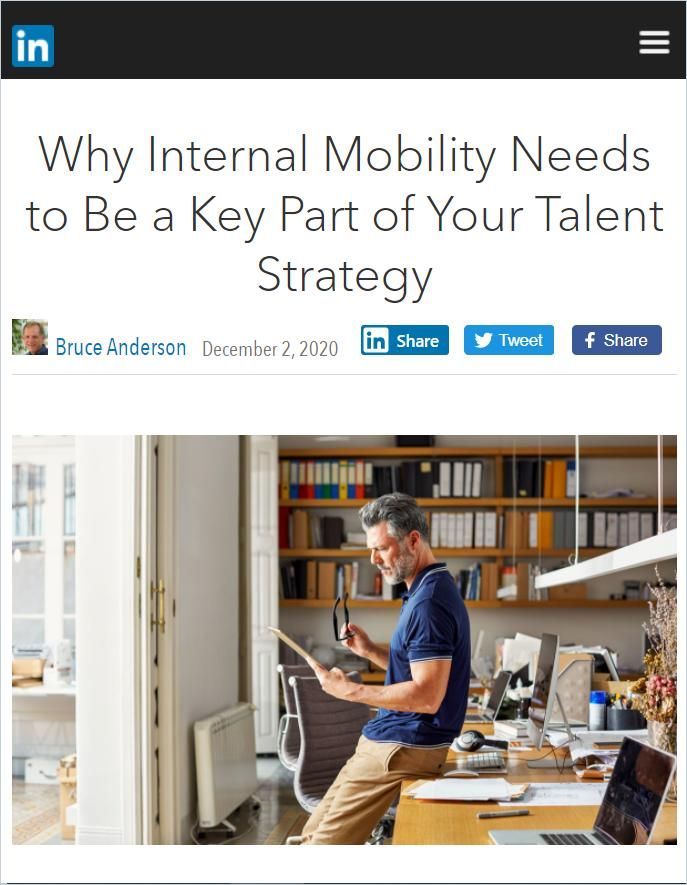
Why Internal Mobility Needs to Be Part of Your Talent Strategy
LinkedInWhat can concrete internal measures look like to successfully promote cross-functional employee development?
1. Take a Holistic View of Your Employees
Sure, you keep reading about the need to make leadership more human, such as motivating employees. However, if you want to develop your employees, it’s not enough to understand that they’re people, too – instead, you need to find out what kind of people they are. Leadership in the digital age is to see, strengthen and connect employees’ talents and unleash potential.
It is advisable to ask employees directly what they are good at.
This will also help you become more aware of the diversity in your team or company. Think about yourself or people you know well: Very few people are good at or enjoy just one thing – and even fewer bring these interests and inclinations to their jobs.
Appreciation is crucial in getting employees to develop their previously unused potential. It consists of attention, mindfulness, respect and recognition shown to employees. All this means taking a genuine interest in the people who work on your team, perhaps even getting to know them so well that you recognize their potential before their colleagues do themselves. This doesn’t mean you have to be friends with all your co-workers. Instead, you should develop a sense of your people:
In which tasks within their job do they stand out in particular? What do they never really succeed at, even though the person in question tries seriously? Where do they flourish? Where do they retreat and do things by the book?
It is not uncommon for employees to stand in their way – for example, because they do not trust themselves to make a change, are afraid of failing, disappointing others, or are unsure whether the new task suits them.
Here, managers who (can) support and encourage employees in any form of trial and error within the company come into play. This is not a new-fangled nice-to-have, but essential for your company’s success because innovations are not created by discussing them more but by bringing together different perspectives and learning to make them productive.
2. Think In Terms of Projects
In Detonate, Geoff Tuff and Steven Goldbach make a case for more project-oriented work in the company, that is, work that is wholly aligned with customer needs and involves the people who will move the project forward as much as possible – more or less regardless of their position and department.

However, this also means saying goodbye to detailed career plans that are thought out far in advance. They give employees a false sense of only supposed stability in a VUCA world, where a flexible – agile – way of thinking and developing is much more appropriate. Of course, employees can expect more responsibility if they do a good job. But the silo thinking that gets in the way of a holistic view of your talents – and thus successful further development – already starts with five-year plans.
In Work Without Jobs, John Boudreau and Ravin Jesuthasan predict that in the future, companies will essentially exist only to coordinate organization and communication, which is why many employees may also consider becoming self-employed. This shows how much the focus will be on individual employees and their skills in the future. It will be less critical under which title you worked – and, more important, what exactly you did and how you did it. Take advantage of this development by enabling your employees to develop as many of their talents as possible, on the one hand, and to bring new and better skills to you afterward, on the other.
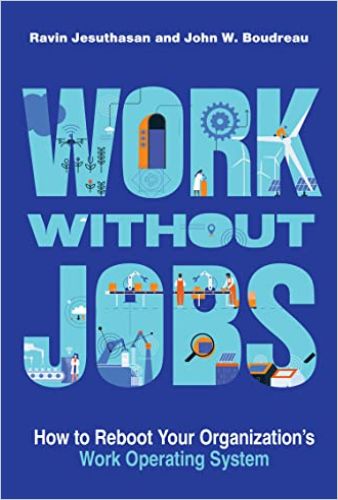
Instead of thinking in silos and departments, adopt a project-oriented mindset – and consider setting up an internal talent marketplace. Of course, it helps if you already know where which employees have which potential that they could contribute and develop further in a project.
3. Enable Job Rotation
One way of breaking down silos and networking employees – and thus competencies – across departments is job rotation. This involves employees regularly changing work areas and, therefore, their tasks and functions in the company or taking a look at other departments and projects as “interns” for a week or a month. A temporary exchange of employees between different branches of the same company or even between different companies is also possible – the main thing is that the employees develop existing skills or even discover new ones.
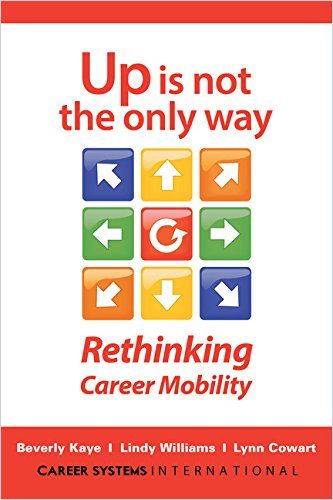
But it’s not just managers who develop with job rotation, but all the talents in the company. Interested employees with enough initiative can use it to explore their interests and skills independently and thus develop themselves further. Positive examples can be found at the German organic retailer Alnatura and large companies such as Google. A self-determined approach should generally be encouraged.
4. Attach Importance to Self-Determined Further Development
By enabling employees to shape their further development actively, you are doing things right in several respects:
- You allow your employees to influence their careers actively. This sense of autonomy on the job is absolutely essential for employee satisfaction. It even beats the oft-vaunted “purpose” as a motivator.
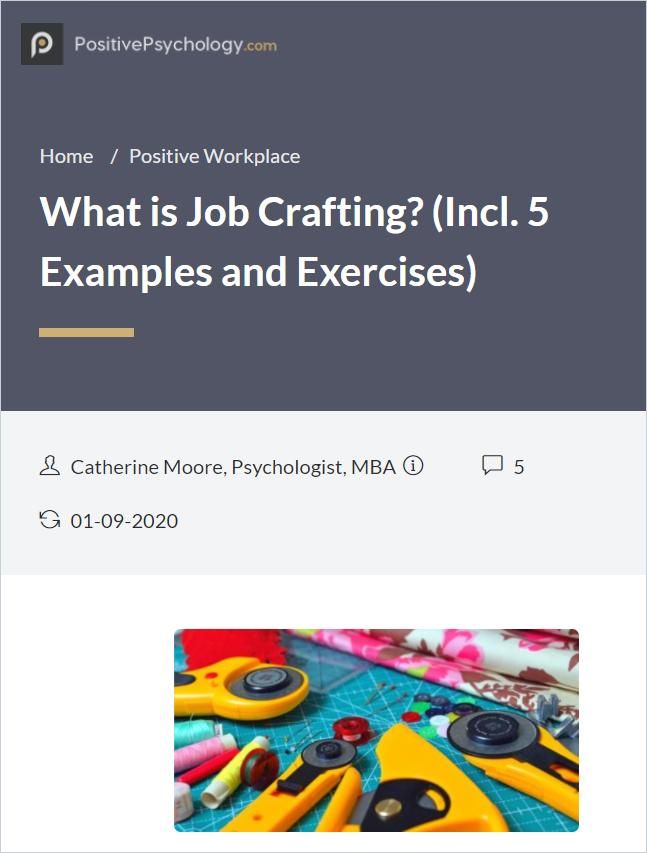
- Thus, employees have the opportunity to develop further and get to know each other better and become more independent. They, therefore, practice self-organization and personal responsibility. On the one hand, these skills can be used in the work context for specific tasks and projects. On the other hand, they are also the stuff of agile working – and thus agile employees.

- This kind of development makes your employees and, thus, your company more resilient. Employees who feel they have their careers under control and know themselves and their competencies well (and can use them) can react more quickly in crises. They are better able to cope with changing circumstances and adapt more quickly – simply because they have been able to learn how to do so.
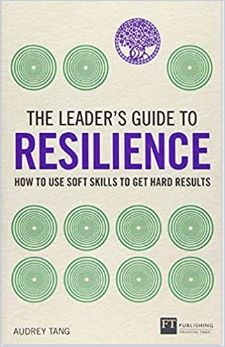
- Another option for autonomous cross-functional development is patchwork roles that employees take on as needed within the company – they are no longer employed in a department for a fixed set of tasks and functions but have defined roles beyond that and the ability to develop them where they are most helpful.
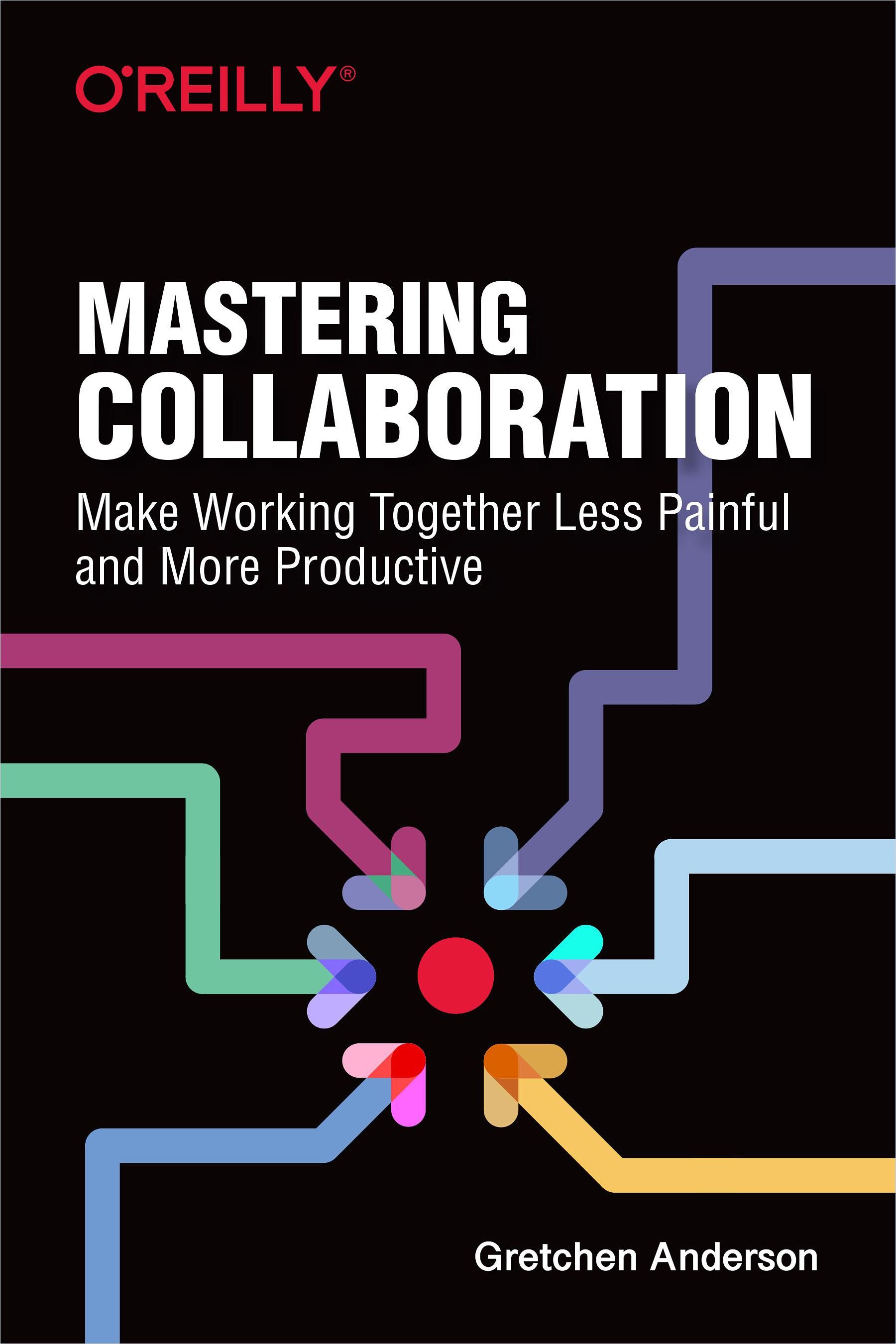
Outlook
Your company will automatically become agile if you enable your employees to act more flexibly. A little extra: With such opportunities for further training, you not only increase the agility of your company, but also its attractiveness. The term “career mobility” refers to the fact that there are not only opportunities for linear career paths but that employees are allowed to try things out – in other departments and roles.
The recruiting firm Lever found in a study that nearly half of all employees in a company would like such a role change. A third would even accept a lower salary just to be allowed to change roles.
These are precisely the employees you can help – and help the others just as much – if you, as the decision-maker, are entirely behind the idea of thinking your employees ahead with all the disruptive changes that come with it and all the supposed sacrifices that go with it.


